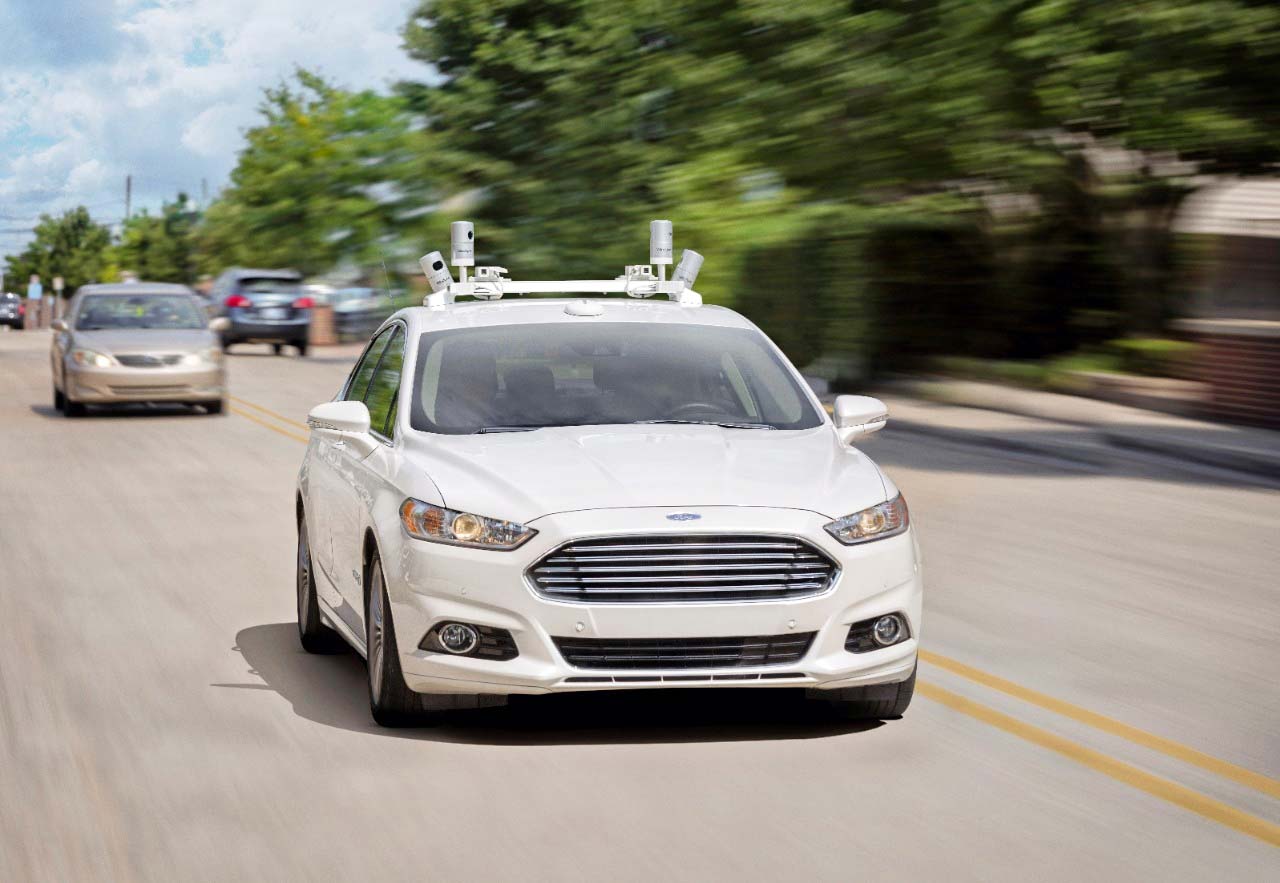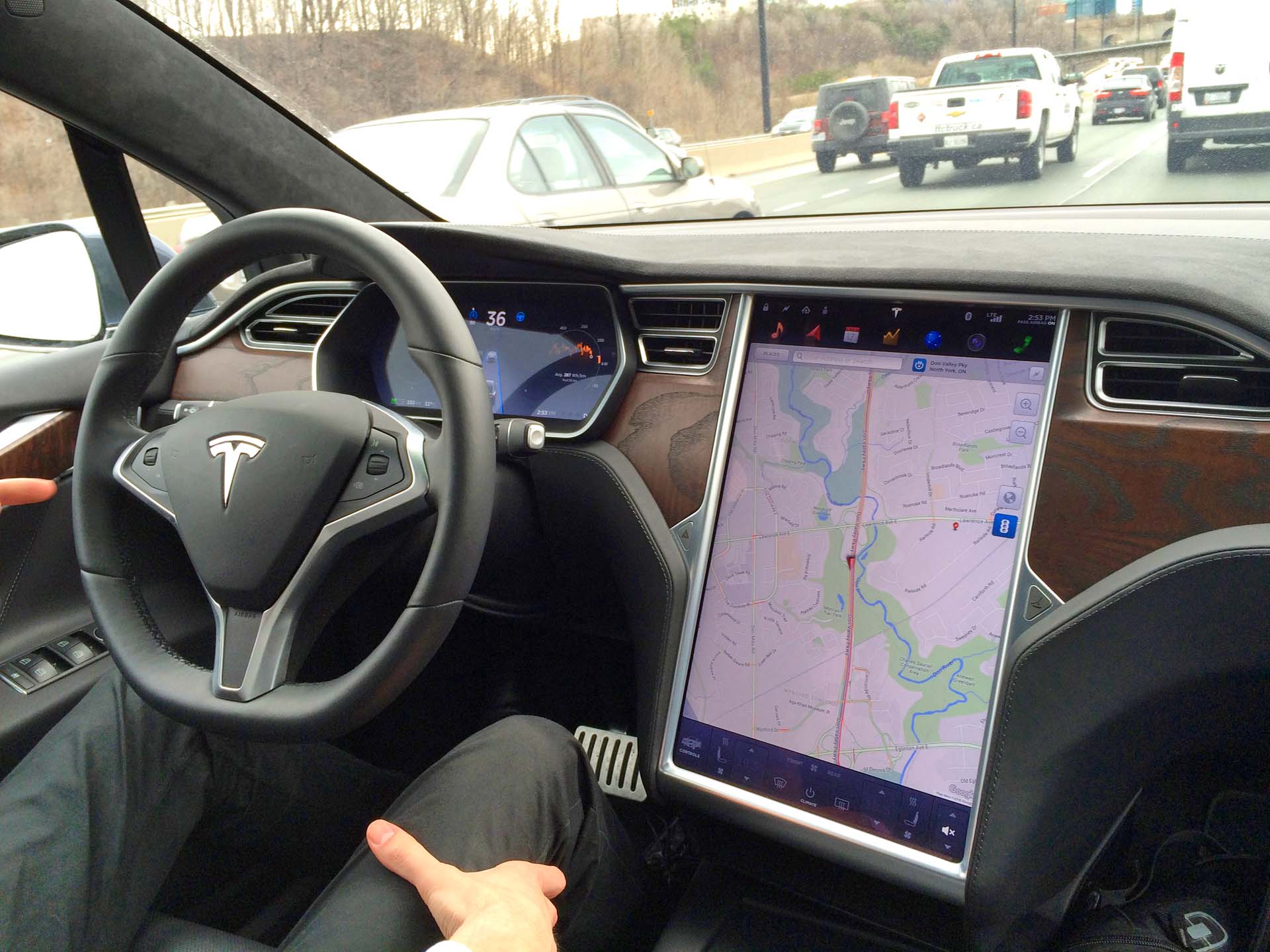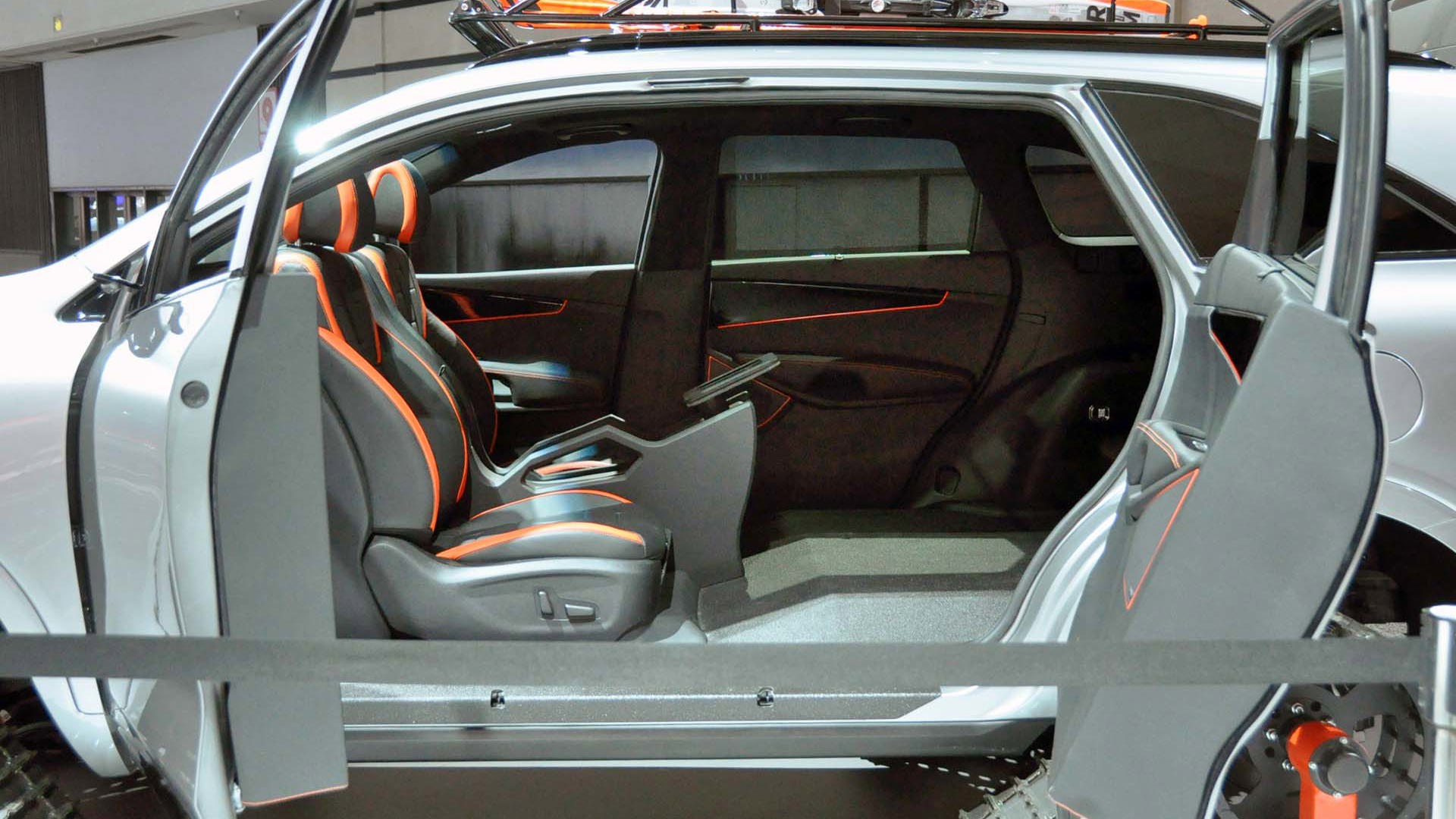Short answer: no, we’re not there yet – but we’re definitely en route. Last year I wrote about the emergence of self-driving cars and posited a world in which they would become the norm. This still holds, in my view, and it’s fascinating to see how things are rapidly unfolding.
There are two giant sectors going at it in this transportation revolution. In one corner, representing the 21st century, you have the high-tech Silicon Valley companies with their chips and software and a focus on connectivity. In the other, representing the 20th century, the car companies. They bring steering wheels, transmissions, brakes and a focus on trim packages.
So whom would you bet on?
Okay, I exaggerate, and hopefully am diminishing the ability of the legacy carmakers to adapt. But as you might expect, the potential for a huge new profit stream in the auto sector is attracting all manner of new players, big and small.

High-technology companies from start-up to established (some of which fancy themselves as potential automakers) are developing and supplying the bulk of the software that actually connects, controls and pilots cars: the so-called “advanced driver assistance systems”. These are companies like Continental, Cisco, QNX, Intel, IBM, Bosch, Vimeo, Mobileye, Nvidia, and many more. We already see some of their products in newer vehicles in the form of navigation systems, lane-change and lane-keeping assist, intelligent cruise control, self-parking and collision mitigation.
Obviously they need each other – the tech companies and the car companies – but then again, I recently saw an article in Fortune magazine in which tech-giant Google was blithely referred to as an automaker. That scenario, especially as Apple and Amazon join the fray, posits a whole new world of transportation that really could put some legacy automakers out of business.
So it was at the 2016 LA Auto Show, where a Technology Pavilion dubbed “AutoMobility LA” basically acted as a trade show for high-tech suppliers offering systems and add-ons that enable vehicles to drive themselves. Cynics might see it this way: “We’ll make the clever bits; you guys just supply the rolling stock.”
Not so fast, apparently. The implications of this are not lost on established car companies who seem to have woken up with a start. Many are now strategically partnering with tech companies while some are themselves busy developing proprietary self-drive technology. Hyundai revealed an Ioniq Concept self-driver, for instance, and we’re told Hyundai (along with Kia) is indeed one of those companies developing its own autonomous operating system rather than buying or licensing technology off-the-shelf. That said, Hyundai was recently reported (August 2016, Bloomberg Markets) as being in talks with numerous outside technology companies, Google one of them, marking a real shift from the way it has done business in the past. As one analyst said, “It’s not a choice but a critical prerequisite for Hyundai to cooperate with IT companies, such as Google, to survive in the near future.”

Ford’s also largely taken an independent route; developing its own systems. But lately it, too, is stepping up the pace by acquiring or investing in Silicon Valley companies like LIDAR developer Velodyne, vision and machine learning companies SAIPS and Nirenberg Neuroscience LLC, and 3D-mapping specialist Civil Maps. It also recently announced the doubling of its Silicon Valley team and more than doubling its Palo Alto research and innovation centre. Speaking of Ford, CEO Mark Fields also announced it will have a fleet of self-driving vehicles for the ride-sharing sector ready for 2021 and that consumers could buy one, assuming they’re not sold on sharing, by 2025.
Autonomous driving may not currently be headlining (or whatever the digital equivalent of that is) as much as it was last year, but there was a sense in LA that as far as self-driving cars are concerned, it’s absolutely a matter of “when” not “if”.
Volvo, for example, rolled its first autonomous XC90 off the line in Gothenburg, Sweden, in September 2016. It will be part of a fleet of autonomous XC90s delivered to local families for testing on public roads as part of the Drive Me pilot project. Volvo’s sticking to its commitment that no one will be seriously injured or killed in a new Volvo by the year 2020.

But back to the AutoMobility LA pavilion. Remember “Intel Inside”? Desktop computers are now the dinosaurs of consumer electronics so Intel needs new platforms for its chips. Not surprisingly, then, Intel CEO Brian Krzanich was at the LA show declaring that “data is the new oil,” while announcing that Intel was now heavily investing in the autonomous car business, focusing on connecting devices in the transportation sector and handling the huge data generated therein.
Just as an aside, it’s interesting to note how Krzanich cited oil companies, who now perhaps opportunistically cast themselves as members of the “energy sector”. Car companies likewise are recasting themselves as being in the “mobility” or “transportation” sector. I’m not being too cynical here. These mega-sectors are indeed seeing massive change afoot, just like the legacy technology companies, and are definitely attempting to get ahead of it.
Case in point is BMW and its partnership with Intel and Mobileye (developer of “vision-based advanced driver-assistance systems”). BMW supplies the platform (and the overall direction, presumably), Mobileye the software and Intel the computing power to make it all go. BMW predicts that it will have fully self-driving cars ready on the road, like Ford, in 2021 and is working toward its open platform being made available to other automakers and companies like Uber and Lyft (assuming they still exist…).
In addition to BMW, several companies have partnered with Mobileye including Audi, General Motors and Tesla; and many others are in a full-on development/buying mode as we move toward vehicle autonomy. This year Intel itself bought Yogitech, a company that specializes in advanced safety systems, and Itseez specializing in machine vision. On the carmaker front, General Motors paid one billion dollars for start-up Cruise Automation which has specialized in retrofitting existing vehicles with autonomous capability. Recall that GM was set to roll out its Super Cruise semi-autonomous technology on 2017 Cadillac models, but this has been delayed “until it’s perfected,” according to GM. Good to know!

After the GM mid-year acquisition of Super Cruise, many new partnerships were announced in rapid succession, including Google with Chrysler, Apple with Uber China, Toyota with Uber and Volkswagen acquiring a stake in Gett, a ride-sharing service based in Europe.
As you can see, before true self-driving vehicles appear, carmakers are heavily investing in the emerging ride/car sharing sector. General Motors has bought into ride-sharing Uber competitor Lyft and BMW has gone a step further. It already has a new car/ride-sharing service called ReachNow (they had a booth at AutoMobility LA) operating in Spokane, Washington, Portland, Oregon, and recently launched in Brooklyn, New York. The vehicles – Minis, 3 Series and i3 EVs – are available for rent via the ReachNow app by the minute, if you don’t need it for long, or by the hour and day. ReachNow is also dedicating fleets of vehicles to specific condominium apartment blocks, or specific corporate buildings. The beauty here is that BMW doesn’t even have to sell these vehicles, and you, the driver, don’t have to own one.
Additionally, if you own a 2016 or newer Mini, you can choose to plug it into the system as a vehicle that others can rent while you’re not using it. Forty bucks a day you can make, and it’s returned shiny and with a full tank. True, it’s not self-driving and doesn’t deliver itself to the person renting it, but that would seem to be the final piece of the puzzle (albeit a big one).

A big concern emerging with the autonomous revolution is security. All that code, all that connectivity, all that potential vulnerability. Wouldn’t it be fun to hack into a car (or a fleet of them) and take control? Well, fun for some maybe, but potentially catastrophic for others. Hence the QNX presence at AutoMobility LA (along with other security specialists) and its celebrated Blackberry encryption technology to protect autonomous vehicles from outside interference.
It’s good that car companies are thinking about security, as there are countless examples where apparently benign technologies may offer an entry point to critical systems (think of that available Wi-Fi connection the next time you’re flying…). Likewise, think of the software-updating system in your connected car, especially as it relates to future self-driving vehicles.
So autonomous vehicles are really happening, although many suggest it will take a long time to fully transition to them. In the meantime, ride-sharing, car-sharing, and semi-autonomous vehicles are already on the roads. The role for legacy carmakers is arguably up for grabs with potentially future carmakers Google, Apple and Amazon seeing new sectors to conquer, but I’m inclined to think that the established car companies see the opportunities and want to participate, and the smart ones will make decisions that successfully reinvent their companies. As one observer suggested, the car companies, who have been doing quite well lately, have to almost voluntarily disrupt themselves.
At the dealer stands on the floor of the show, by the way, other than the Ionic, I didn’t see too much when it came to self-driving cars. Kia had a couple of fanciful imaginations, one of which implied a world where the driver – make that “occupant” – would be transported in a vehicle whose interior resembled a kind of space-age rec-room. The other was a winter off-roader on tracks. Like its sibling, it lacked a steering wheel (your first clue that this vehicle would have its own driving license).
Then again, there was Nissan, stealing the show with its giant Star Wars TIE fighter and associated Star Wars props. After all, who cares about humdrum self-drive when you can have a world of hyperdrive?











